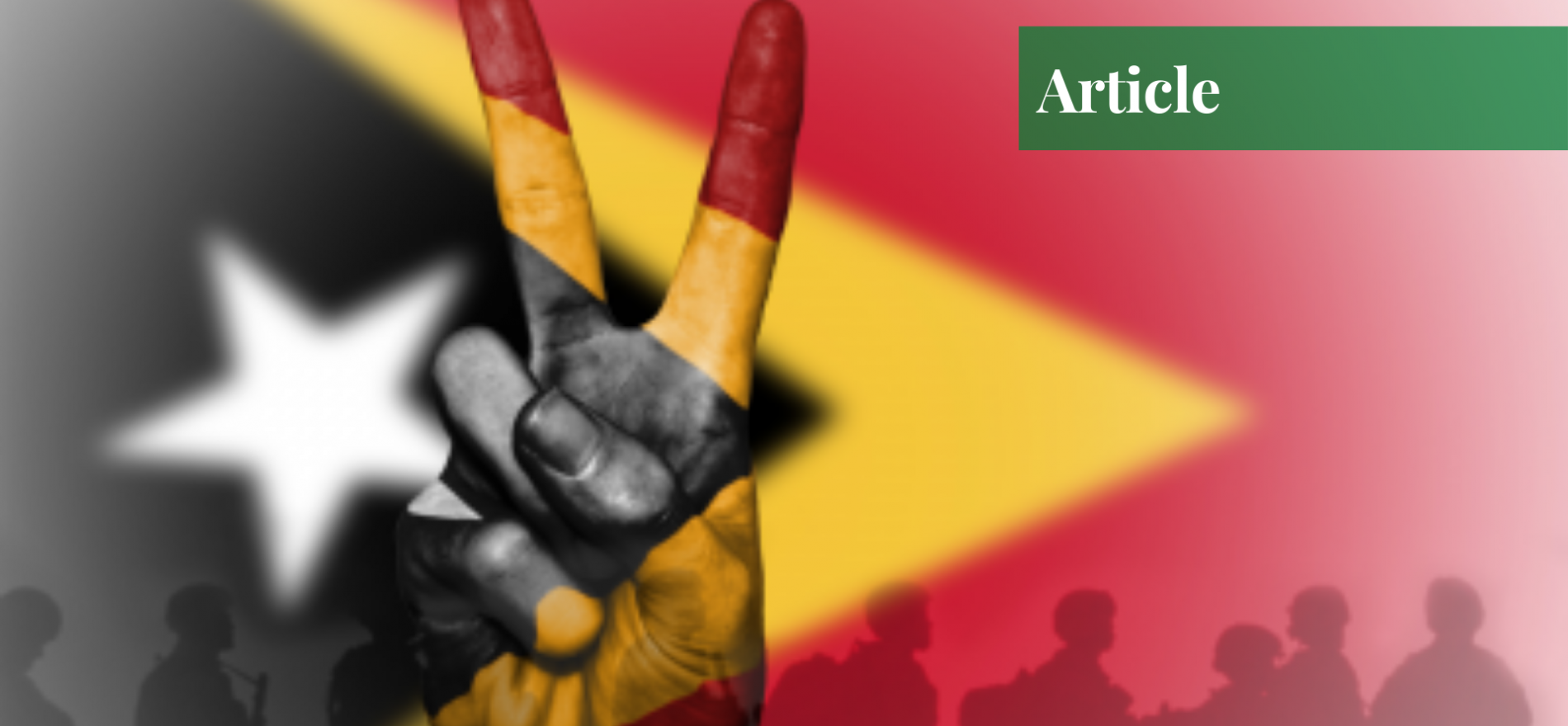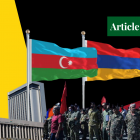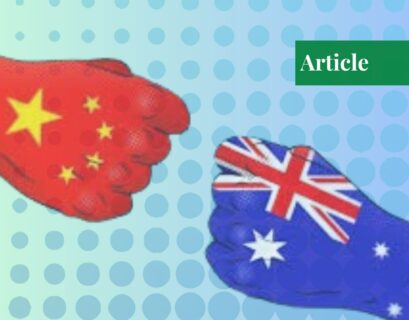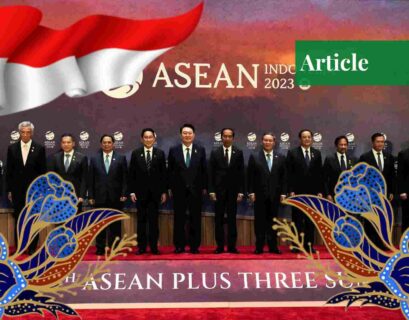Mehwish Kayani has a bachelor's degree in International Relations from National Defense University, Islamabad. She has a keen interest in media and international relations which led her to intern at Inter-Services Public Relations(ISPR) for three months.
Background
The 1999 East Timor conflict began with widespread violence throughout the country, centered in the capital Dili. The violence erupted after a majority of eligible East Timorese voters chose independence from Indonesia. Over 1,400 civilians are believed to have been killed due to the violence. The UN authorized International Force East Timor (INTERFET), consisting mainly of Australian Defence Force personnel, was deployed to East Timor to establish and maintain peace.
Indonesia invaded East Timor, a Portuguese colony, in 1975 and had maintained unrecognized control since and thus igniting the East Timor conflict. The UN set up the United Nations Transitional Administration in East Timor (UNTAET) to oversee the territory’s independence vote. After the territory’s overwhelming vote for independence from Indonesia on August 30, 1999, a wave of violence ensued against the Timorese, much of it sponsored by the Indonesian government.
After initially refusing UN calls for international humanitarian operations, Indonesia finally relented and allowed INTERFET to enter on September 12, 1999, and take all necessary measures to restore law and order. The conflict soon ended and peace was restored in East Timor; the humanitarian situation was enough to justify international intervention as the Indonesian-sponsored militias attacked, tortured, and killed thousands of East Timor civilians during the conflict.
During the East Timor conflict, many reliable reports detailed executions of pregnant women, the killing of infants, and the torture of countless men. A UN estimate stated that the number of refugees rose to 500,000 people at one point, which means almost 50% of the population, and around 150,000 of those refugees crossed into Indonesian West Timor. The World Food Programme estimated that 740,000 East Timorese people would require food aid in the subsequent six months. The UN mission in the capital, Dili, was evacuated due to violence, and the Vatican press reported a massacre in Suai, where militias killed 100 people in a grenade attack against Catholic priests.
Military Intervention in the East Timor Conflict:
The military intervention criteria included six major points:
- Right authority
- Just cause
- Right intention
- Last resort
- Proportional means
- Reasonable prospects
In the case of East Timor, almost all the requirements of the criteria were met, as a result of which one could call the military intervention of East Timor a successful military intervention.
1. Right authority
The United Nations quickly responded to the humanitarian crisis by adopting Security Council Resolution 1264, creating a multinational force led by Australia. INTERFET was conferred with a Chapter VII mandate and was tasked to restore peace and security in East Timor. The swift action of the passage of Resolution 1264, authorizing a coalition of troops and their deployment is unparalleled in UN history, taking only five days from the adoption of the resolution for the troops from 22 countries to assemble.
By September 20, 1999, the first batch had landed in Dili and immediately started working towards restoring order in the territory. Four days later, Indonesia started to pull out its military, and, by October 31, 1999, the last of the Indonesian troops left East Timor after a grueling 24-year long occupation – and the East Timor conflict, therefore, came to its conclusion. Weiss (2007) has called the military intervention as a “success story of UN involvement.” The efficacy of the intervention (done purely on humanitarian grounds) in the East Timor conflict can be credited to a variety of factors.
However, Australia’s pivotal role in providing the majority of the manpower, along with contributing the logistics for the military operation was critical to the success of the operation. By making fourteen warships readily available to the task force, and committing the largest military contingent to INTERFET (over fifty-five hundred troops), Australia became the game-changer in the operation (Stevens, 2007; Martin, 2001). McDougall (2002) even claimed that without Australia’s leadership, the operation would have been impossible.
Australia’s generous offer to organize and lead the global taskforce, and fund most of the costs were fundamental factors for the expeditious deployment of the INTERFET. Being the closest neighbor of East Timor, and the only country in the region with the military capability to mount a highly complex humanitarian operation, Australia played an integral role in the intervention. In short, the military operation during the East Timor conflict was legitimate because it was accepted by the UN Security Council, and a resolution was therefore passed for it, as a result of which Australia with other coalition forces, intervened.
2. Just cause
The military intervention led by Australia and the UN in East Timor has been justified because it was done to protect a large number of people whose lives were in jeopardy because of the Indonesian government. As mentioned earlier, countless reports of violence against men, women, and children were reported; the risk of food shortage was estimated for over 740,000 people; massacres were becoming commonplace – including the one in Suai. Hence, to eliminate the humanitarian crisis against the East Timorese, it was necessary to intervene militarily.
3. Right intention
The operation led by Australia in collaboration with INTRFET was on behalf of the international community, with strong regional support. The widespread violence in East Timor was met with public anger across Australia, Portugal, the United States, Canada, Britain, as well as other nations. The denizens of these countries pressured their respective governments to take action.
Thereafter, the United Nations Security Council (UNSC) expressed concern at the worsening situation in East Timor, and issued UNSC Resolution 1264, calling for a multinational force to restore peace and security in East Timor. The resolution also called for the facilitation of humanitarian assistance operations until a United Nations peacekeeping force could be approved and deployed in the area. This whole intervention was a multilateral intervention that was actualized to support the people of East Timor.
4. Last resort
Keeping in view the whole intervention process, Australia and the international community failed to diplomatically resolve the issue of Indonesia recognizing East Timor. In the end, the international community resorted to military intervention. Thus, due to the failure of all diplomatic and non-military means, military intervention was used as a last resort.
5. Proportional means
The scale, duration, and intensity of planned military intervention in the East Timor conflict were kept at a minimum to secure the key objective that was purely humanitarian. Due to the nature of the operation, the forces (INTERFET) were non-United Nations peacekeeping task forces, deployed without artillery and other heavy weapons.
Australian forces, however, had deployed their heavy arsenals on the frontlines to act as a deterrent against the escalation of the conflict by the Indonesian government. Soon after, the United Nations Transitional Administration in East Timor (UNTAET) was established as a peacekeeping operation, which was also responsible for the overall administration of East Timor to oversee its transition to independence, with only limited forces in play.
6. Reasonable prospects
The military intervention, in this case, is justified because there was a reasonable chance of success. This was proven to the case as the intervention ended the grave crimes and violence perpetrated by the Indonesian government over East Timorese. It also made the dream of independence a reality for East Timorese in 2002. The military operations were so successful that the Australian Foreign Minister Alexander Downer proudly suggested that the same model be used in the future for any such humanitarian interventions.
References
- East Timor (Portugal v. Australia), Judgment, I.C.J. Reports 1995, p. 90 https://jusmundi.com/en/document/decision/en-east-timor-portugal-v-australia-judgment-friday-30th-june-1995
- Lachica, A. A. (2011). Humanitarian intervention in East Timor: An analysis of Australia’s leadership role. Peace & Conflict Review, 5(2), 1-7.
- Martin, I. (2001). Self Determination in East Timor. Lynne Rienner Publishers.
- Mc Dougall, D. (2002). Australia’s Peacekeeping Role in the Post-Cold War Era. Contemporary Southeast Asia, 24(3), 590-608. https://www.jstor.org/stable/25798617
- Stevens, D. (2007). Strength Through Diversity: The Combined Naval Role in Operation Stabilise. (Working Paper No. 20). Sea Power Centre – Australia.
- Weiss, T. G. (1995). The United Nations and Civil Wars. Lynne Rienner Publishers.
If you want to submit your articles and/or research papers, please check the Submissions page.


















